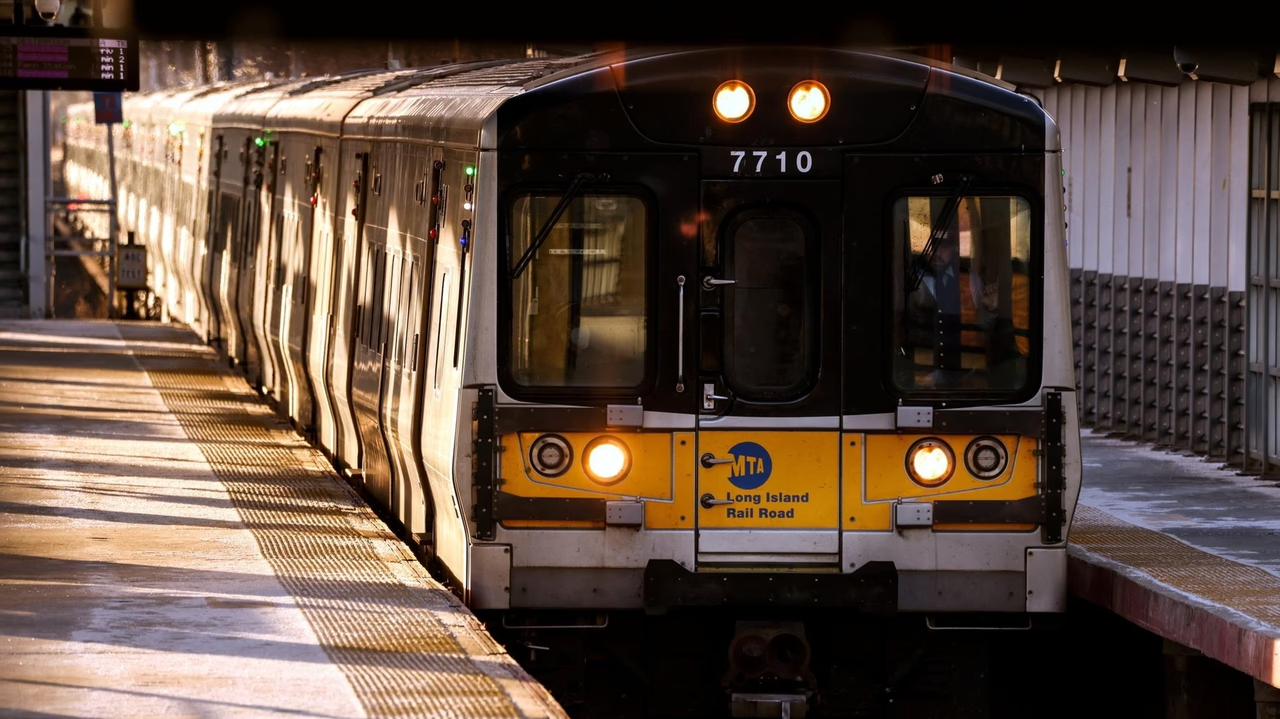The Long Island Rail Road (LIRR) is navigating a period of significant transition as it strives to recover from the impact of the COVID-19 pandemic. According to a recent report by New York State Comptroller Thomas DiNapoli, the LIRR is showing promising signs of recovery, including increased ridership and expanded service routes into the new Grand Central Madison terminal. However, this progress is marred by a troubling rise in service delays.
The report reveals that the LIRR experienced 31% more delays caused by train car problems in the past year compared to 2019. This surge in delays is particularly concerning given the crucial role that reliable service plays in attracting riders back to the system. The comptroller emphasized that the LIRR needs to offer dependable service to regain and maintain rider confidence.
One of the key findings in the report is the poor performance during peak travel times. The morning peak train with the worst on-time performance was the 7:40 a.m. service from Huntington to Grand Central Madison, with only 51% of trains arriving on time.
Similarly, the evening peak performance was problematic, with the 6:12 p.m. train from Penn Station to West Hempstead achieving just 60% on-time performance. These statistics highlight significant reliability issues during the times when commuters most rely on timely service.
MTA Board Member Gerard Bringmann provided a candid assessment of the report, describing it as “a reality” check for the LIRR. Bringmann pointed out that while the railroad has been meeting its on-time performance goals in recent months, the aging infrastructure presents substantial challenges. Addressing these challenges requires substantial financial investment, which is currently constrained.
The pause on congestion pricing, a measure that was expected to generate significant revenue for the MTA, has added to the financial strain. With the MTA now needing to reduce its capital program by $15 billion, the LIRR’s ability to purchase new trains and modernize its infrastructure is severely limited. This reduction in capital funding could exacerbate the delays and further impact service quality.

Lisa Daglian, executive director of the Permanent Citizens Advisory Committee to the MTA, underscored the importance of modernization despite the financial hurdles. “It’s the oldest railroad in the country, but it doesn’t mean that it should act its age,” Daglian said, emphasizing the need for the LIRR to update its operations and infrastructure to meet modern standards.
Commuter reactions to the LIRR’s service have been mixed. While some riders have noticed improvements, many continue to face regular delays. Wantagh resident Rebecca Orellana expressed skepticism, stating, “I don’t think I’ve ever seen a difference.”
Other residents echoed this sentiment, with Syosset’s Rosanna Lauro pointing to management issues as a root cause of the ongoing problems. “It’s the management, starts with the management,” Lauro said.
Despite the challenges, the LIRR remains committed to enhancing its service. Officials highlighted that they have been surpassing on-time performance goals while running more services than in the past.
However, achieving long-term reliability and meeting commuter expectations will require addressing the underlying issues identified in the comptroller’s report.
Read More:
- Celebrate July 4th in The Canandaigua Area This Week!
- New Rochelle Authorities Make Arrest in Abandoned Dog Investigation!
- New Aldi Stores Open Doors in Florida, New York, and Ohio!
As the LIRR continues its journey toward recovery, the balance between expanding service and ensuring reliability remains a critical focus. The railroad’s ability to navigate these challenges will determine its success in regaining the trust and patronage of its riders.







+ There are no comments
Add yours